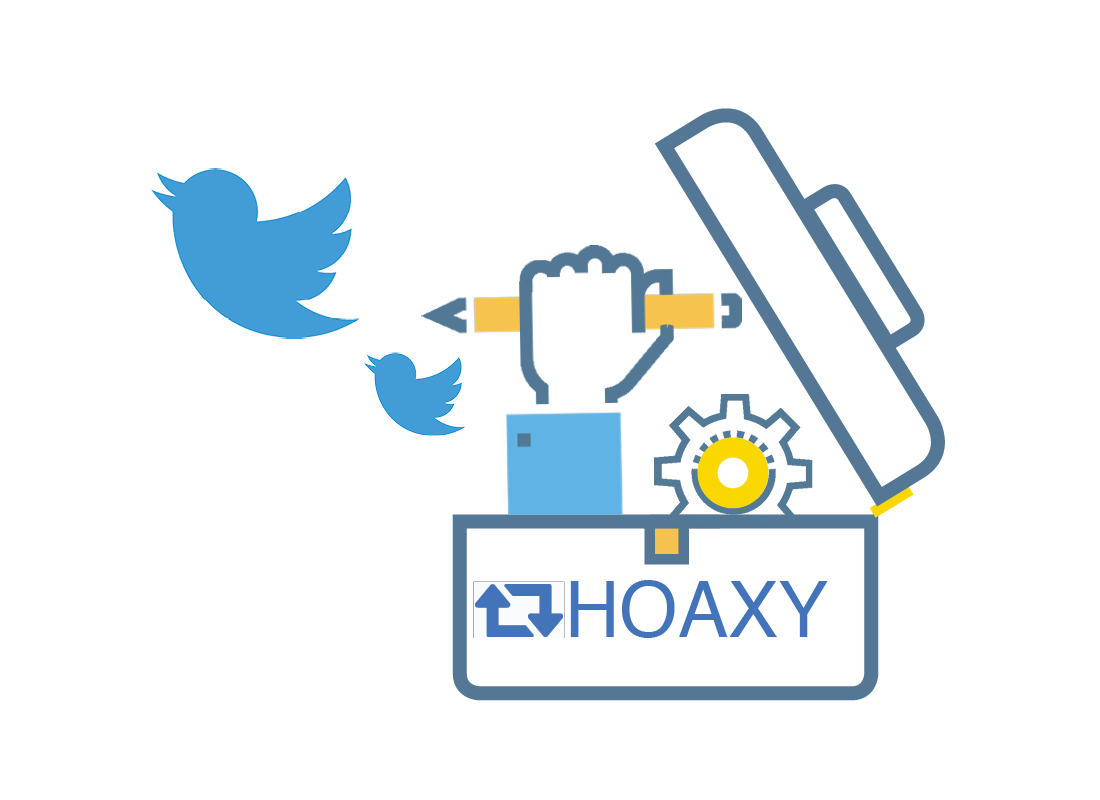
Building news savvy: Best practices
▸Tools
Track hoaxes and bots
WHAT IS IT?
Two tools help users find bogus stories and see who — humans or bots — is spreading the falsehoods on Twitter. Hoaxy finds stories based on key words and maps their spread. Hoaxy employs the second tool, Botometer, to assess the likelihood that an account is automated. Botometer also can be used on its own: type in Twitter handles to see if the users (or followers or friends) may be bots.


WHO’S BEHIND IT?
A team led by Filippo Menczer, a professor in the School of Informatics, Computing and Engineering at Indiana University Bloomington, developed the tools with support from the Knight Prototype Fund, a partnership of the John S. and James L. Knight Foundation, the Rita Allen Foundation and the Democracy Fund to fight misinformation and build trust in credible news and information. Menczer discusses Hoaxy and Botometer in this video
DOES IT WORK?
Hoaxy and Botometer process hundreds of thousands of queries daily. Since they launched in 2017, data from the two tools has enabled researchers at Indiana University and elsewhere to study how information flows online (video). Science Magazine detailed the seriousness of fabricated news on Twitter. Pew Research Center used the Botometer to conclude that nearly two-thirds of the links to popular websites on Twitter are shared by automated accounts.


HOW TO DO IT
The tools are available free online — Hoaxy here and Botometer here. Journalists may find the tools particularly helpful in assessing whether trending stories are driven by public interest or bots. The center also recently launched Fakey, a web and mobile news literacy game that mixes factual news with false reports and lets players earn points by distinguishing credible reports from low-credibility reports.
Activate the links by clicking to view or download as a PDF

Sayo Akao is a recent graduate from Arizona State University’s Walter Cronkite School of Journalism & Mass Communication. As digital communication specialist in the News Co/Lab, Akao is assisting the team to create positive change in news literacy through a variety of different approaches.

